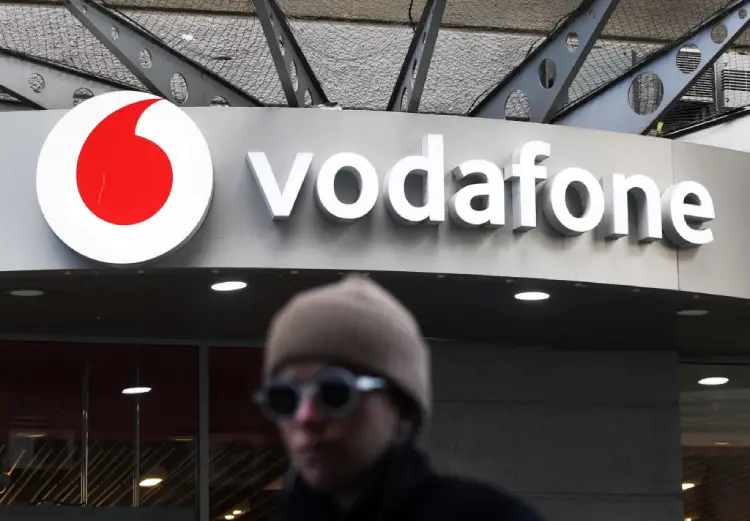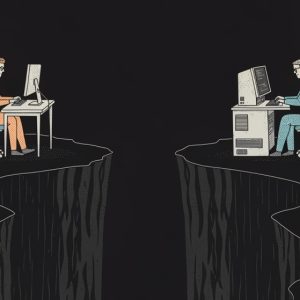
The disparity between the salary of Vodafone’s CEO and its average worker jumped by 20% in 2021, according to a study published today by campaign group the High Pay Centre. Vodafone CEO Nick Read earned 88 times the telecommunications providers’ average employee in 2021, the study found, the largest disparity among the ten FTSE-listed companies included in the study.
Overall, however, the UK-listed tech industry had a modest CEO-to-worker wage ratio compared to industries such as retail.

According to Vodafone’s latest annual financial report, published last week, Read earned £36.2m in the company’s 2020/21 financial year. This represents an 88:1 CEO-to-worker pay ratio, according to the High Pay Centre, and a a 20% increase from 73:1 in 2020. It is more than double the average among the technology companies included in the study (the companies analysed were FTSE 350-listed companies for which data is available).
Vodafone overtook fellow telco BT to take the top spot among the tech companies in the study. BT’s ratio fell from 77:1 in 2020 to 63:1 last year.
According to its financial report, Vodafone’s total global revenue increased by 4% to hit £38.7bn in the last year, partly driven by growth in its European and African markets – including its M-Pesa mobile payments service – as well as “favourable foreign exchange movements”.
IT infrastructure and services provider Softcat saw an even larger increase in its CEO-to-worker wage gap, which more than doubled from 21:1 in 2020 to 57:1 last year.
Softcat saw operating profit grow 27% in the 2021 financial year, to £119m, ahead of expectations. CEO Graeme Watt received total remuneration of £2.6m, including £1.3m from a 'long-term incentive plan'. Watt is currently ranked number three in the best CEOs ranking on recruitment website Glassdoor.
As a whole, however, the tech industry has one of the lowest ratios in the study, with an average of 36:1, as wages in the sector are generally higher than in other industries. The biggest disparity is in retail, where the average ratio is 117:1.
The CEO-employee pay disparity among UK-listed companies is also lower than among their US counterparts. In 2020, the average gap among companies in the S&P 500, an index of the largest US-listed companies, was 299:1, according to a study by US trade union body AFL-CIO.
Critics argue that a large disparity between the highest and median wage within a company exacerbates economic inequality.
“For many households the cost of living is rising, their economic situation is getting a lot worse not better,” Luke Hildyard, director of the High Pay Centre, said. “But that doesn’t seem to be stopping the big companies that are making big profits from paying vast amounts to their chief executives and people at the top while not necessarily awarding pay rises to lower-earning workers who are struggling with that cost of living."






